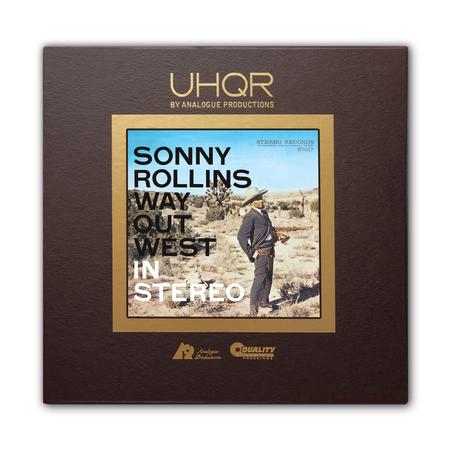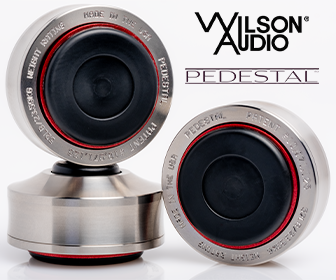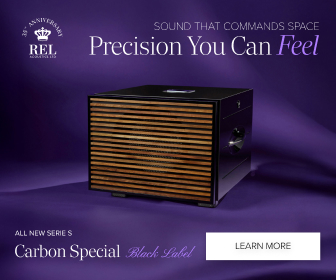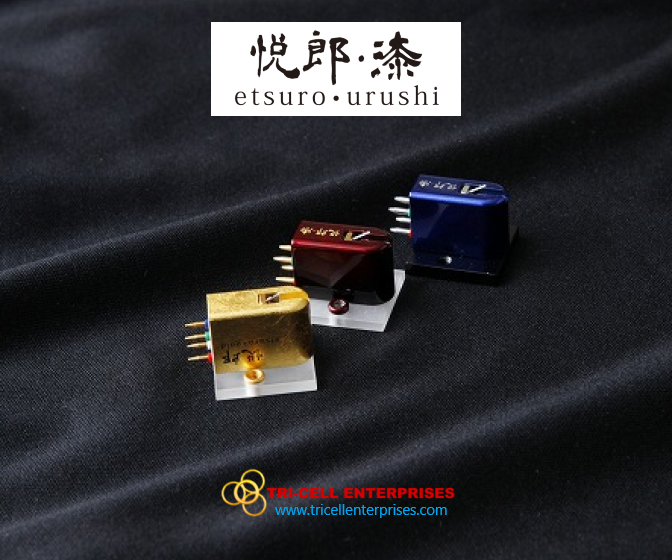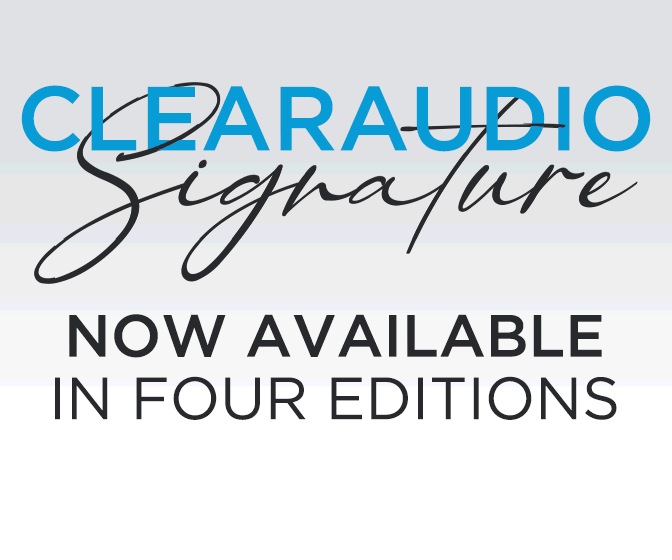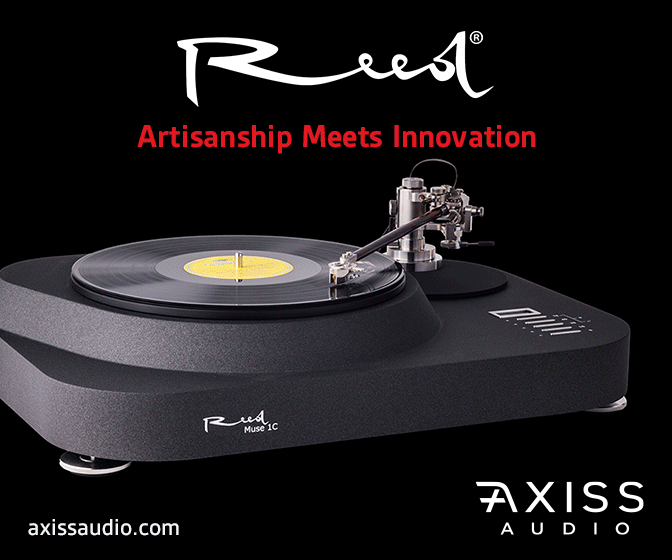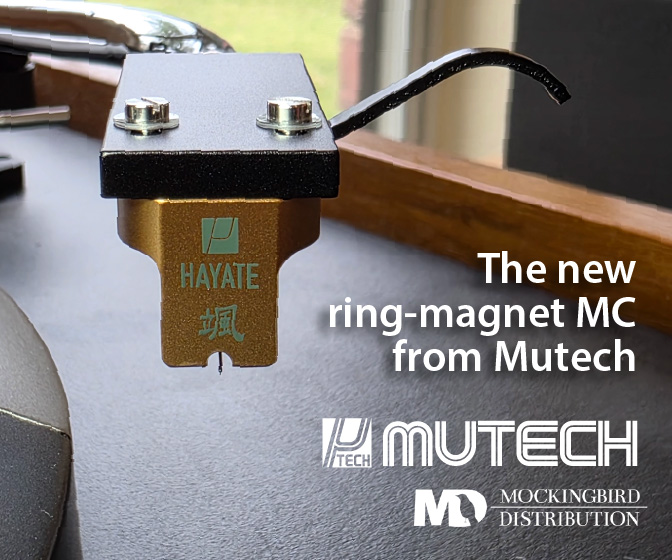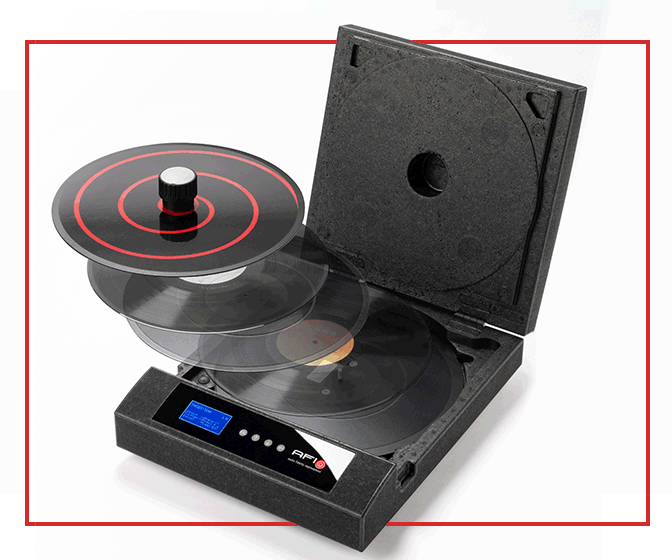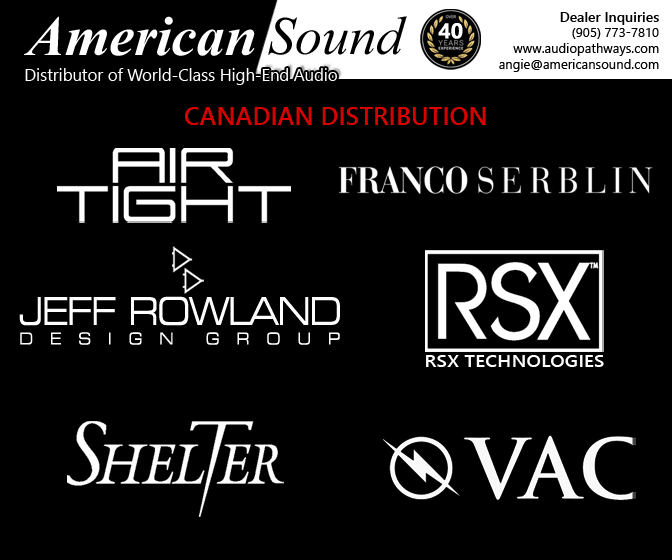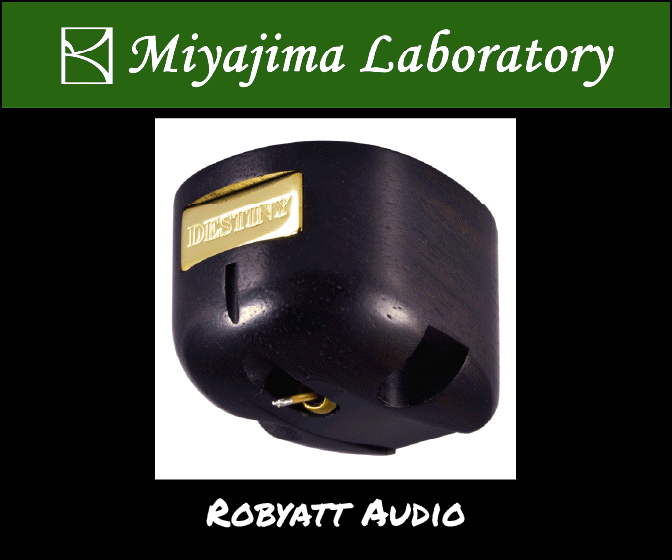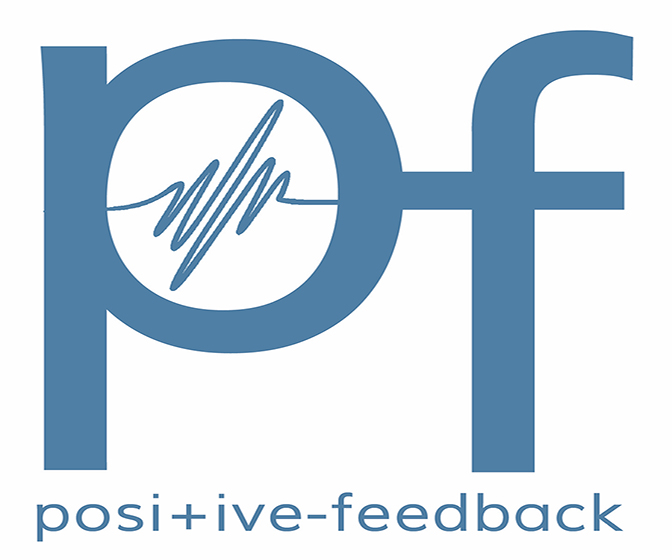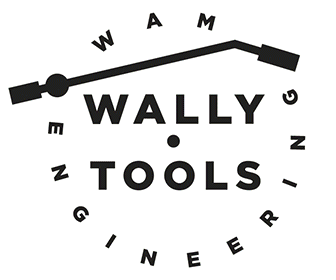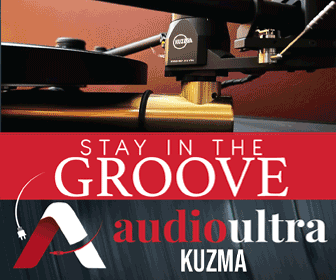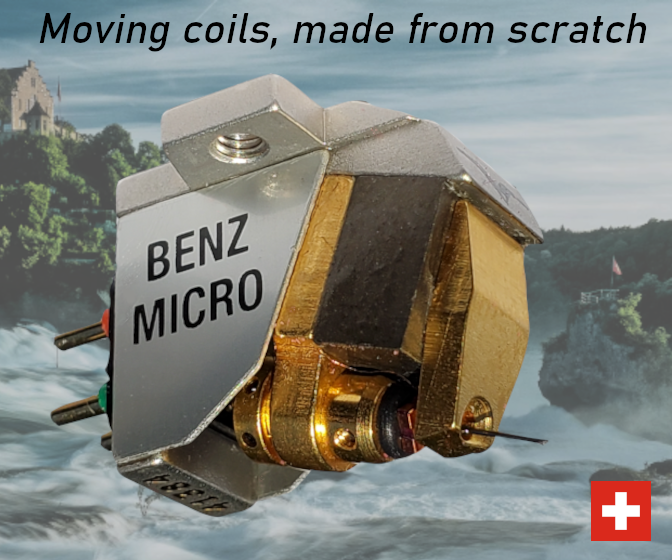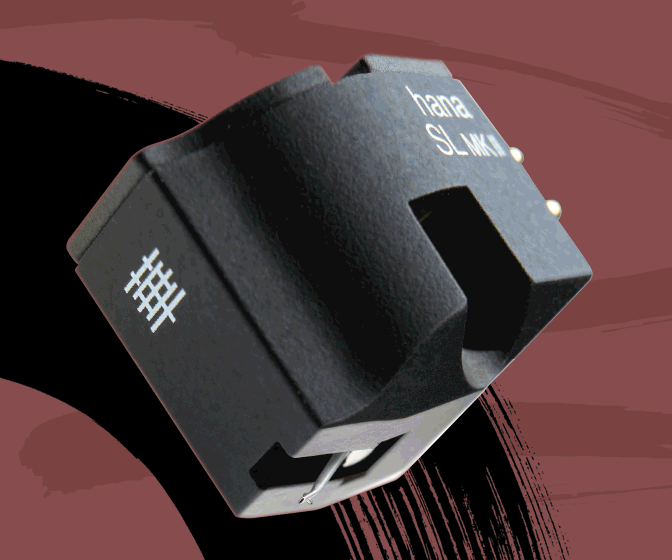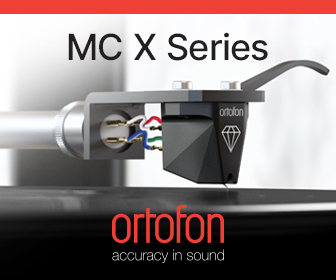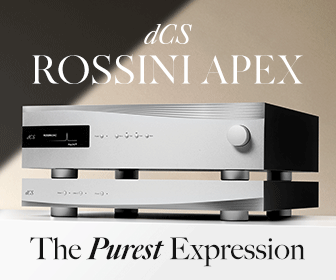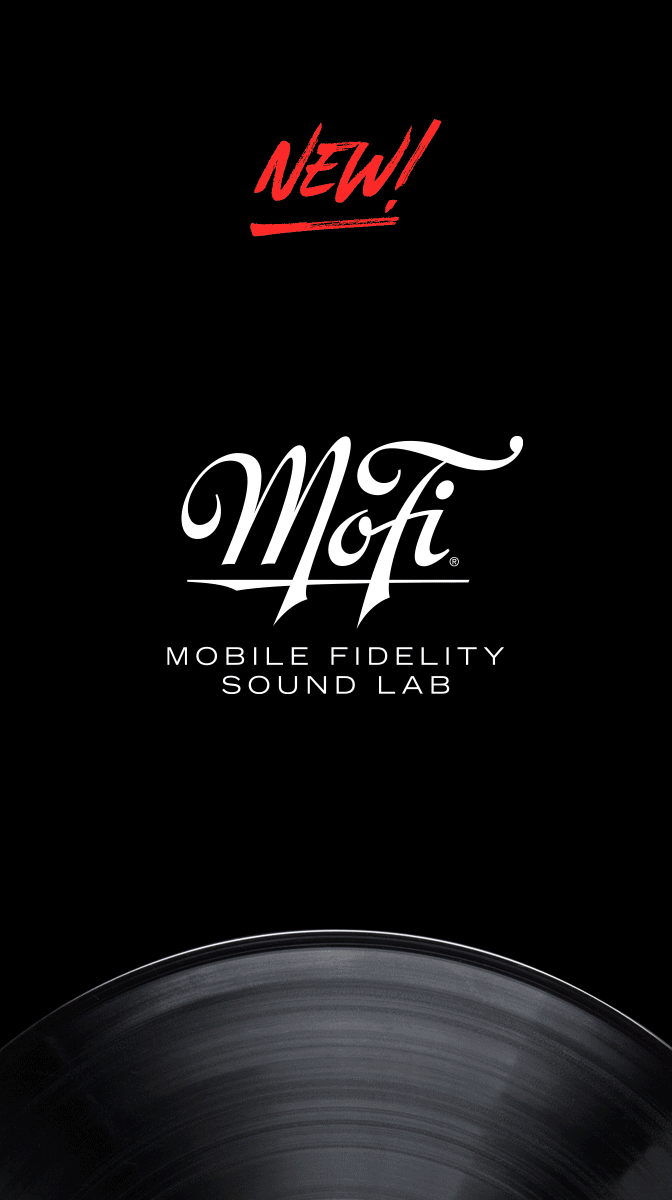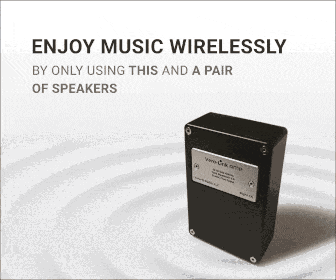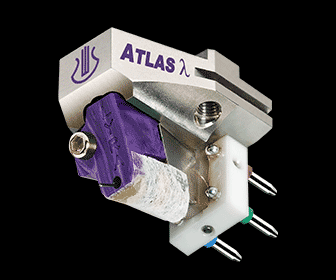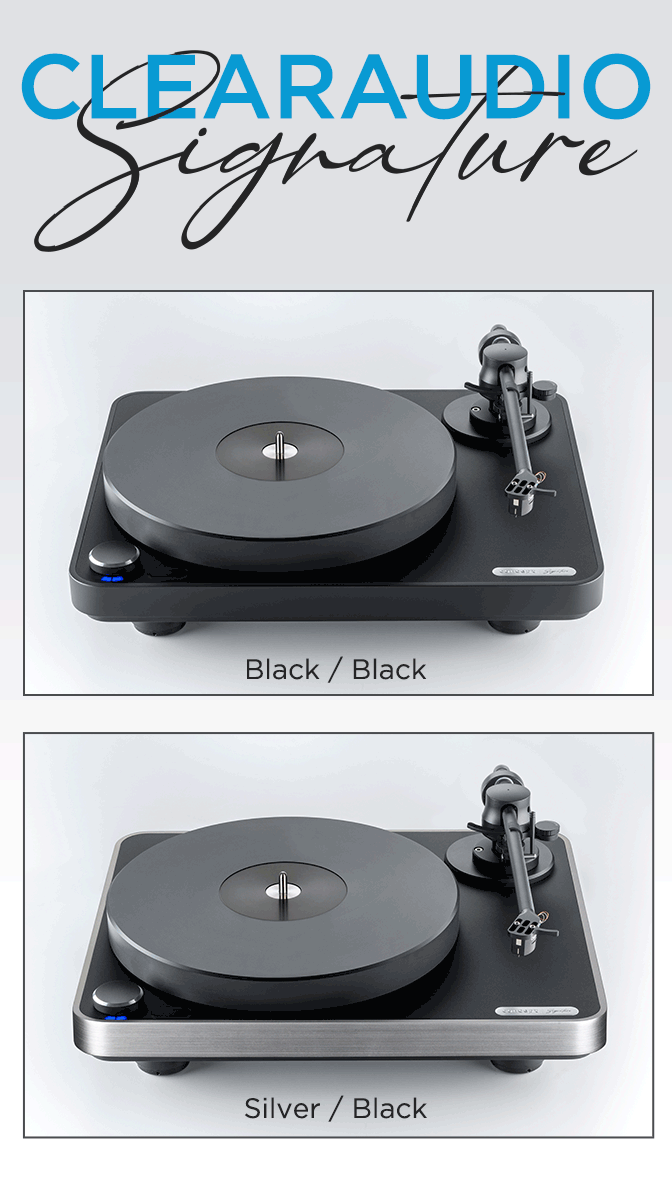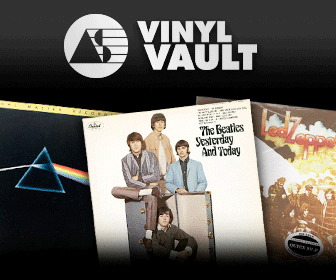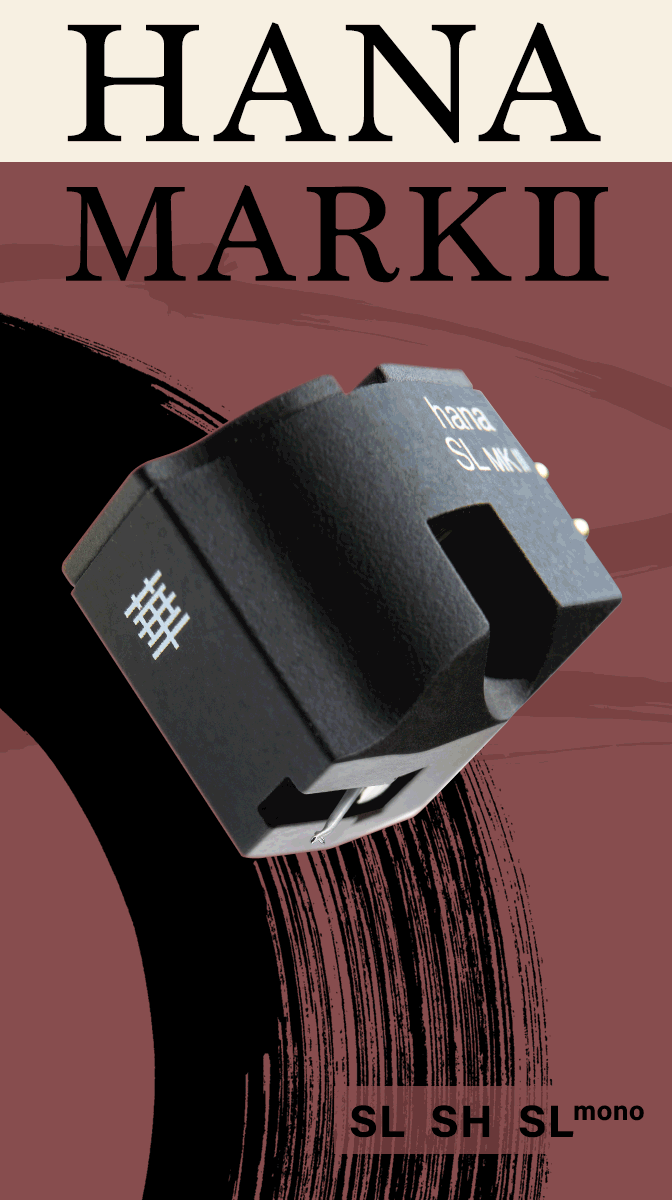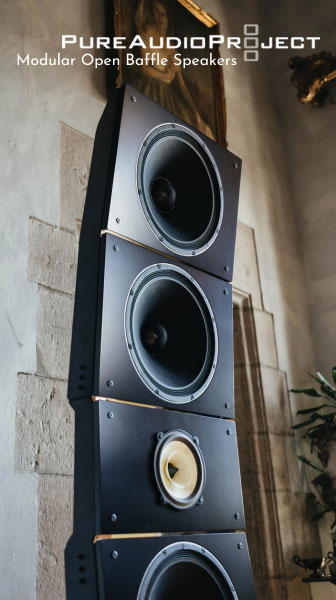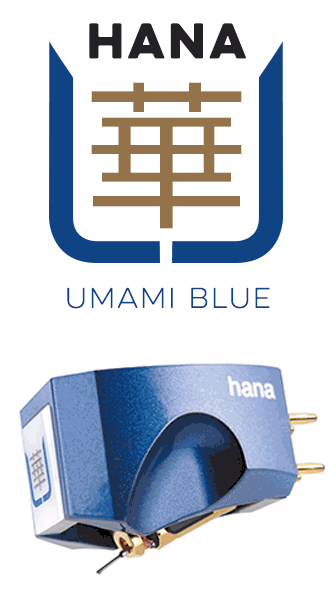Analogue Productions' Sonny Rollins "Way Out West" UHQR—What A Long Strange Trip It's Been!
was it worth the time and effort?
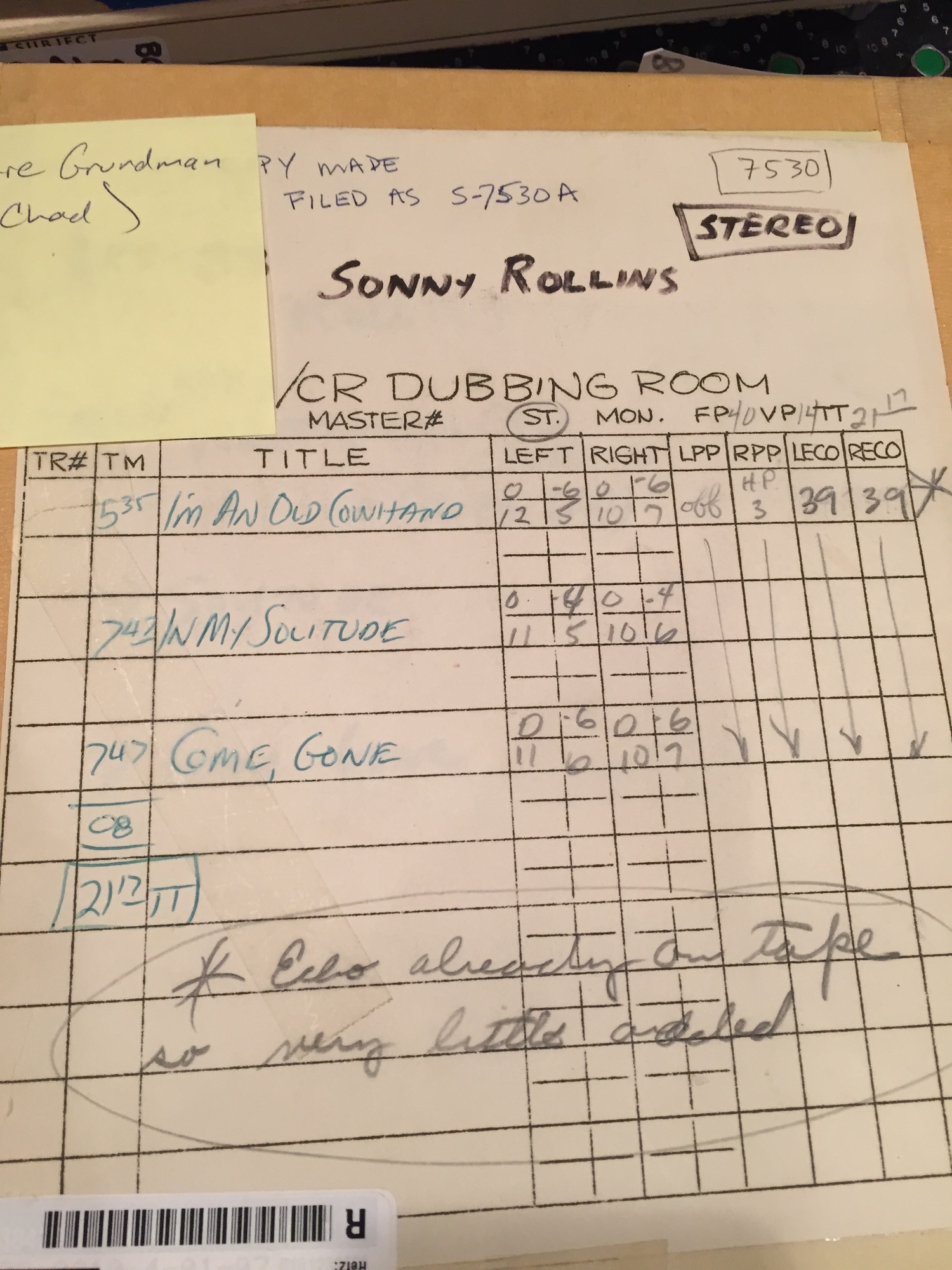
Our reissue story starts May 27th 2015 at Bernie Grundman mastering, Gower Avenue, Hollywood, CA. Chad Kassem is there, Contemporary Records founder Lester Koenig's son John is there, I am there. Most importantly the master tape of Sonny Rollins' Way Out West is there.
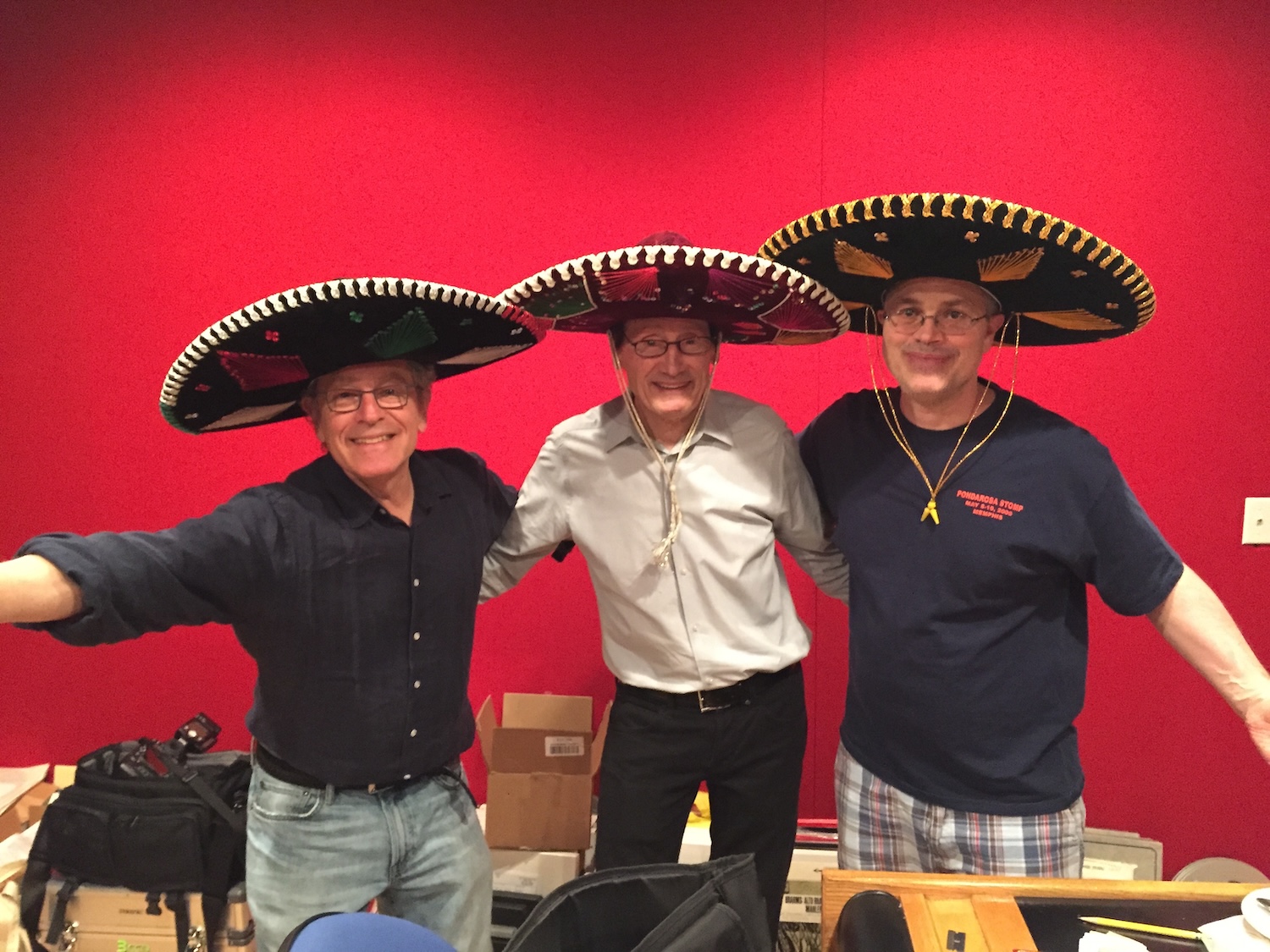
I don't remember why we put these sombreros on our heads. The only connection I can think of is that Bernie had mastered the early Herb Alpert and The Tijuana Brass records, but maybe another mastering job in another room brought the hats. Bernie also was the chief mastering engineer at Contemporary but years after Way Out West was recorded in 1957 and released then on Contemporary Records C3530—a copy which on Discogs went for $549 last December).
Contemporary released the STEREO RECORDS (S7017) version in 1958. The label created the subsidiary to distinguish the mono and stereo catalogues during the early days of stereo records. The average price today on Discogs is $215 with a high of $423.53. I mention the prices because some people complain about the $150 double 45rpm 200g Clarity Vinyl UHQR price. And yes, you can buy a Bernie cut all analogue Craft OJC for under $30. It all depends on what you want and how much you're willing to pay for it.
Bernie cut the 2015 lacquers, QRP plated and pressed a few tests and jackets were printed but the record never came out due to a contractual dispute with Fantasy Records. I am not going to go into the details because I only have one side of the story. I also have a test pressing from the session.
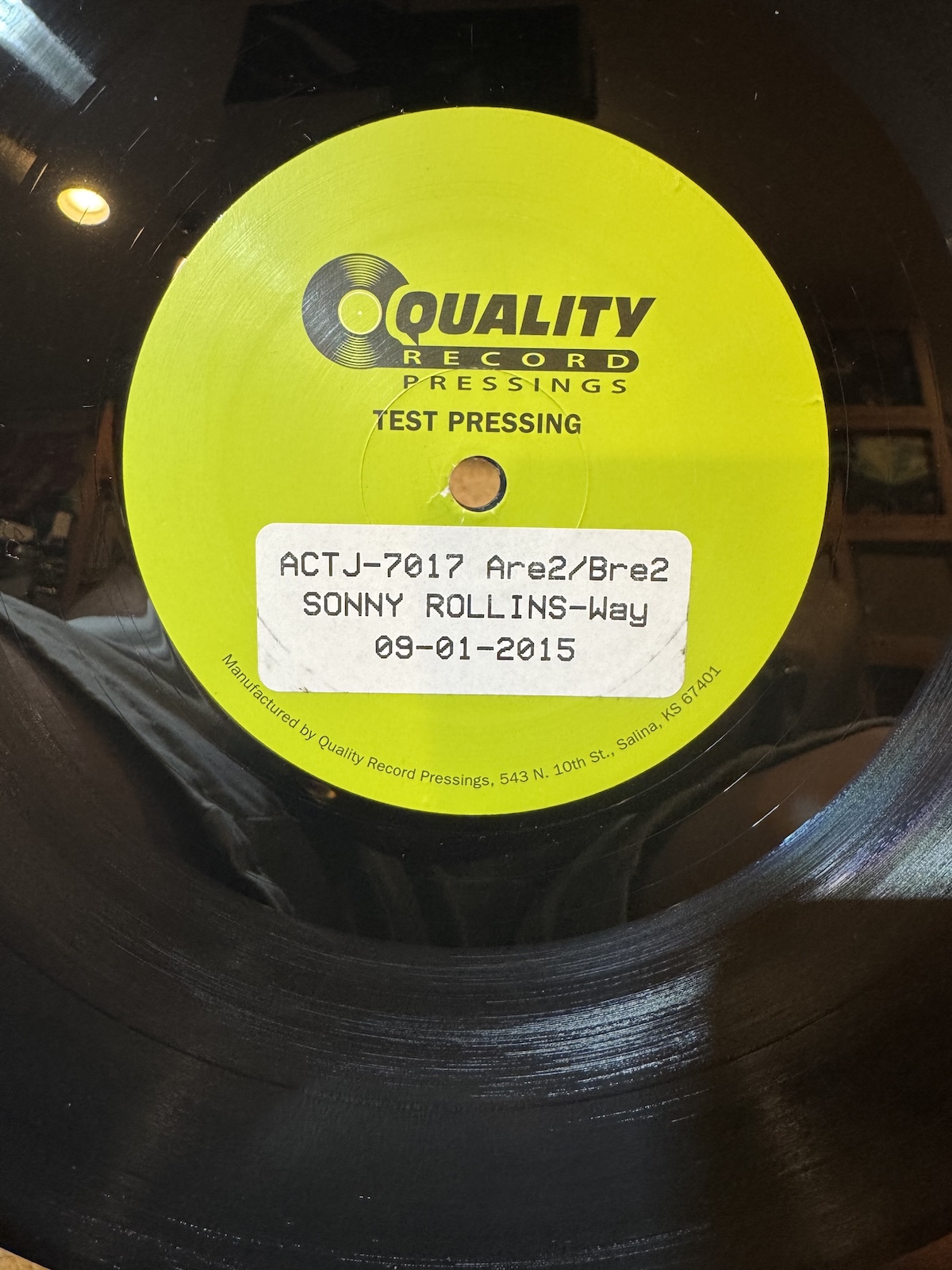
Way Out West must be one of the most oft reissued jazz records ever. Analogue Productions released a version in 1992 cut by Doug Sax at The Mastering Lab, processed (electro-forming) by Ed Tobin at Greg Lee Laboratories.
This seems like as appropriate a review as any to say a word about veteran lacquer plating legend Ed Tobin. He oversaw stamper production for AudioQuest, Mobile Fidelity, Classic Records, Reference Recordings, DCC Compact Classics and many others during the "hungry days" of the vinyl resurgence. He was murdered by his stepson on July 27th 1995. He was 66 years old. Ed was a master at his craft and no doubt his electro-forming DNA pleasantly haunts the current crop of master platers. Glad I got to meet him during those "underground feeling" days.
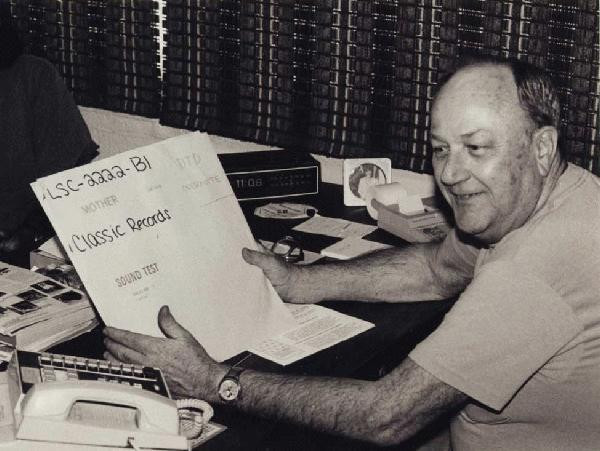
There was an earlier Phil De Lancie mastered Fantasy OJC 337 edition and numerous others. And yet another Analogue Productions release in 2002 mastered by Kevin Gray and Steve Hoffman at Acoustech Mastering located within RTI.
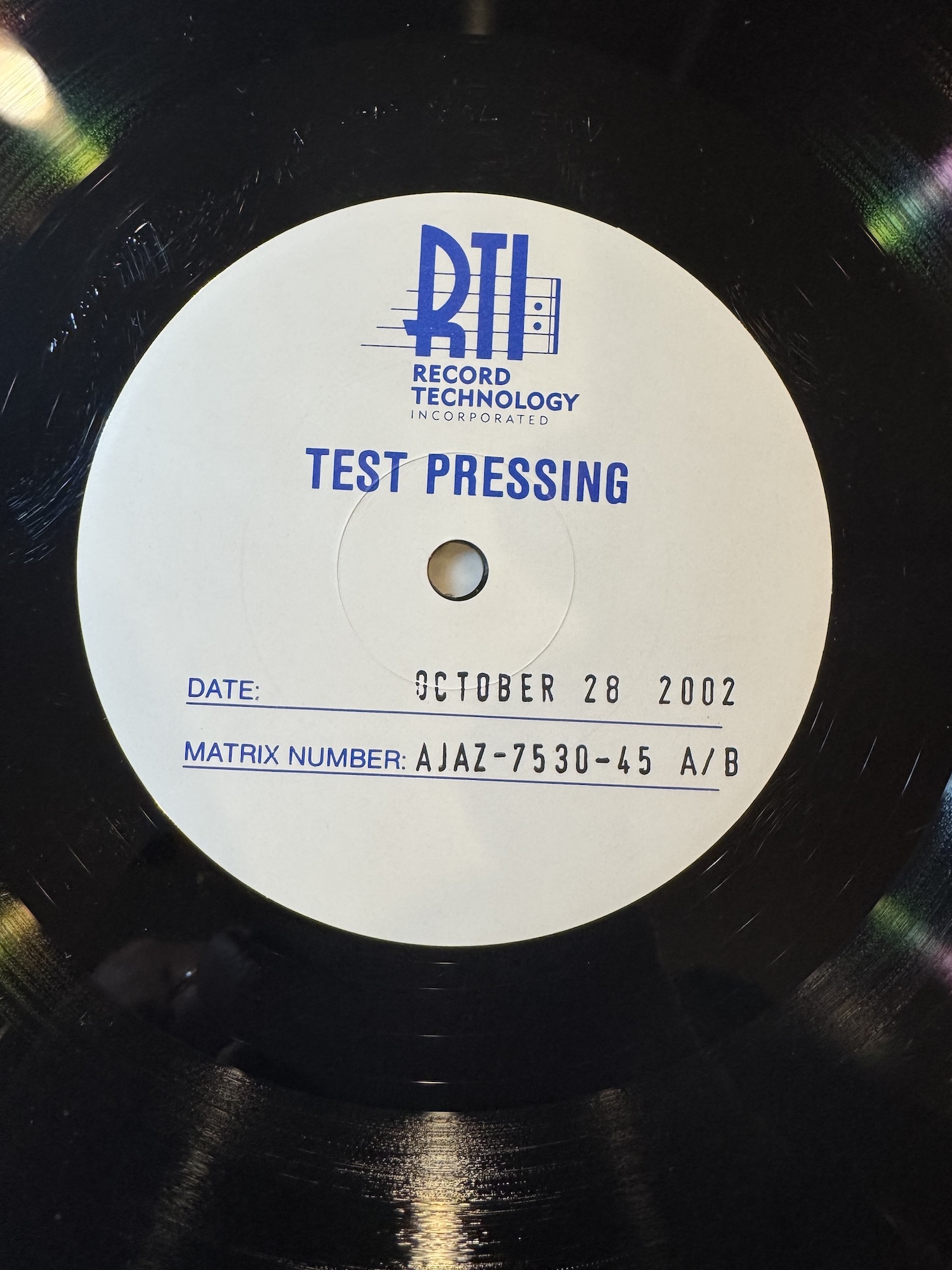
More recently The Electric Recording Company issued Way Out West in both mono and stereo in very limited and costly editions from tape and cut on its Lyrec/Ortofon cutting system. In 2024 Craft also released (as mentioned above) a $30 version in association with Acoustic Sounds also cut by Bernie Grundman, pressed at RTI and packaged in "Tip On" jackets.
There was also a 2017 Craft deluxe box set version, the date of which should provide more than a clue about why the 2015 cut referenced at the top of the story was never released. That set was mastered by Joe Tarantino with lacquers cut by Fantasy veteran George Horn and Anne-Marie Seunram. Separate credits for mastering and cutting usually indicate a digital step but I'm not sure. What I was sure of when I played this set was that someone didn't take into account Roy DuNann's primitive but efficacious "pre-Dolby" noise reduction system, which consisted of a 6dB boost at 10kHz printed to master tape, attenuated 6dB in the playback electronics. For whatever reason, the box set version is too bright and is not at all recommended, though it includes a second LP the alternate takes of various tracks previously only available on CD.
The Music
There are obvious reasons why this recording has so often been reissued and why it will most likely continue to be reissued and find new audiences. It's a piano-less session with a young Rollins soloing over Shelly Manne on drums and Ray Brown on bass, neither of whom had previously played with Rollins. Scheduling issues forced the session to begin at 3:00 AM and after a few hours Rollins exclaimed he was "hot now" and wanted to play on, which all did. The then 27 year old was captured on tape at a performance peak, though with the exception of the Rollins penned title tune all were standards. Rollins makes mesmerizing the could be corny opener "I'm An Old Cowhand", with Manne adding the drum kit "clip clop" horse effect opener. Rollins' opening blast makes clear that the ride will be anything but a horsedrawn carriage! The melodic and harmonic ideas flow with Rollins' rich magnificent tone brilliantly captured by Roy DuNann's microphone set up and simple recording chain.
Everyone familiar with this recording knows Rollins is isolated on the left channel, while Manne and Brown are "across the hall" on the right channel. The same is true on the other new UHQR from Analogue Productions, Art Pepper Meets the Rhythm Section an oddly titled album since on it, Art never really does meet the rhythm section.
In the informative John Koenig and Bernie Grundman penned Contemporary Records full sized, illustrated UHQR booklet that covers the label history from an intensely personal perspective, Bernie Grundman explains why this L-R isolated oddity happened. The microphones fed a homemade eight channel passive console featuring rotary pots for each input and a small step pot above each to distribute the feed to left, left center, right center, or right. "Odd that there was no center option, but that's how it was", Grundman writes.
The UHQR Edition
To prepare for this review I listened to my original pressing bought for $70 at a used record store in Englewood Cliffs, NJ in the late '80s, the ERC stereo, the Doug Sax 1992 cut, the Gray/Hoffman double 45 and of course the UHQR. I do not have either OJC, which was surprising since I have many of the more recent OJCs from Craft and no doubt that one cut by Bernie is very good.
The original is a pretty "hot" cut and has a particular sonic vitality only a fresh tape can produce and I'm happy to have it. Bass is somewhat rolled off and the vinyl of that time was not nearly as quiet as the best today, so the noise floor is intrinsically higher and the trio doesn't exactly emerge from a dead quiet background.
The various reissues make clear that the tape remains in superb condition with high frequencies intact, producing "crisp" (in the positive sense of the word) cymbal and snare attack, tight bass transients and overall "Sonny is over there" transparency.
Sonny's sound on the UHQR is richer, fatter and wetter than on the 2002 double 45 and more "in the room". Over on the other side, from the first kick drum, cymbal and snare hit, it's clear Manne's drums have greater vibrancy and Brown's bass greater power. Crank up Manne's solo half way into "I'm An Old Cowhand" and feel the air move! Interesting when Rollins re-enters Manne's cymbal crashes pan to the right center position. I never noticed that! I went back to the 2002 double 45 and cranked up the drum solo. It got hard and a bit brittle. When Rollins re-entered the "rich fat and wet" was absent and when Manne crashed the cymbals, because they were comparatively indistinctly positioned they didn't appear to move center/right. That was odd but repeatable. I think it's on the tape and clarified on the UHQR. And while that in and of itself is hardly important I think it points to the UHQR's overall improved transient precision both on macro and micro dynamic information. It's just better.
I'm not here to tell you what to buy or get into relative worth and value so I'll close by saying if you want the best sounding Way Out West or at least the best I've heard, this is it. Is it worth $150 (well packaged in the new style slip case)? Given the choice between a more costly original pressing and this UHQR, other than for souvenir bragging rights, I'd go for the UHQR.




